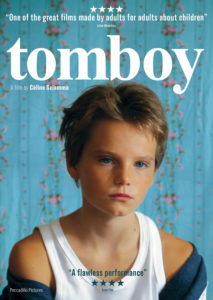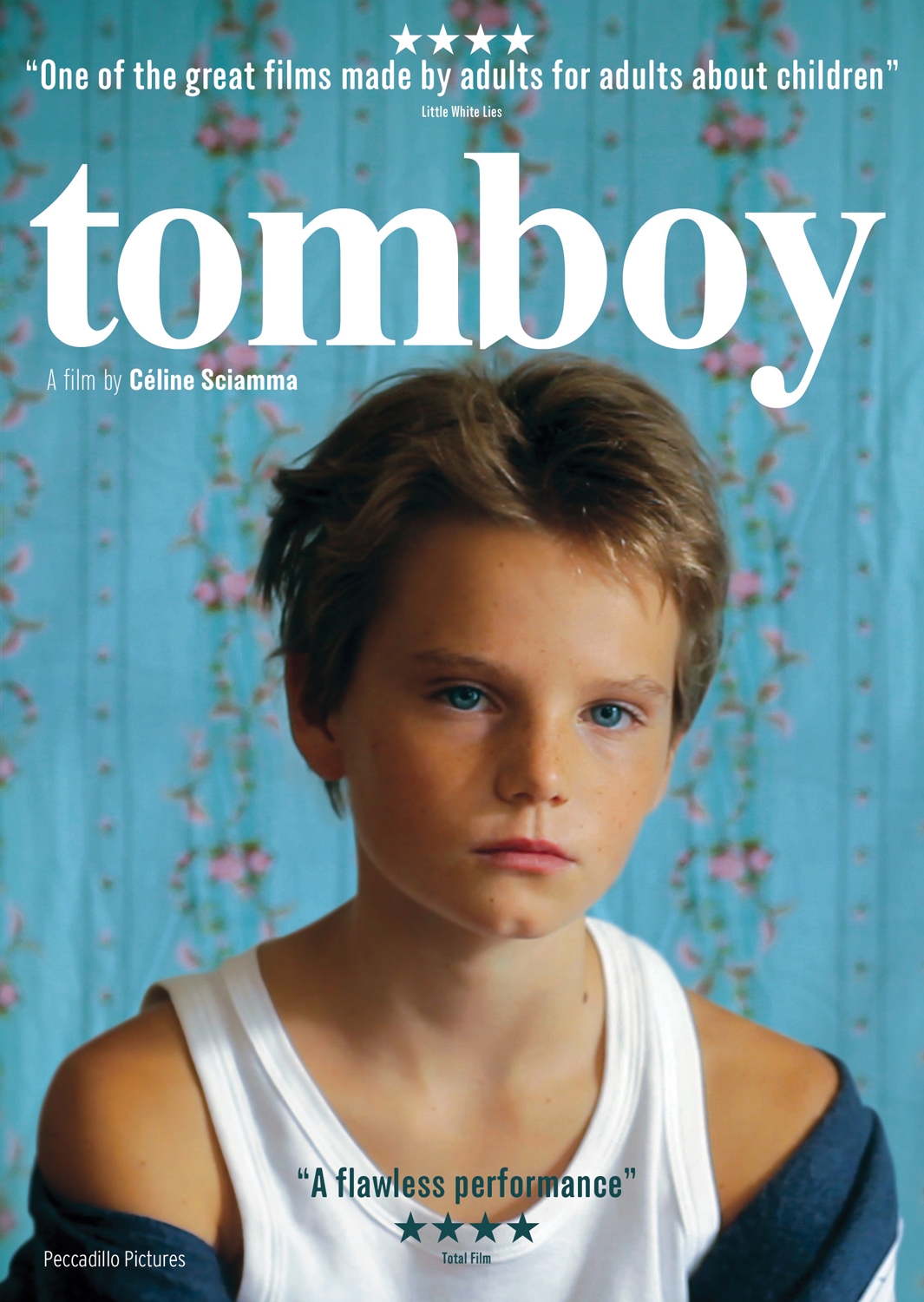French film Tomboy chronicles the challenges of a transgendered girl trying to fit in as one of the boys
Tomboy
Directed by Céline Sciamma
Starring Zoé Héran, Jeanne Disson,
Malonn Lévana
Justin Li
Contributor

Michaël is sleeping in his bed. His mother comes in.
“Come on. Get up, get dressed,” she says. Michaël proceeds to put on a pair of shorts.
“No,” she says. “You’ll wear this.” She’s holding up a blue, conservative-looking dress. When Michaël protests, his mom simply says, “You don’t have a choice.” We find out that “Michaël” is really Laure. She didn’t have a choice either.
Laure is the protagonist of Céline Sciamma’s Tomboy, the story of an androgynous 10-year-old girl (Zoé Héran). When she and her family move into a new neighbourhood, Laure looks to befriend a group of kids who hang out near her council estate. Her boyish haircut and mannerisms immediately lead them to believe that she is a boy, and when Lisa (Jeanne Disson), the lone girl of the group, asks Laure for her name, she replies, “Michaël.”
As Michaël is accepted into the group, her friendship with Lisa blossoms into a burgeoning romance, but Laure’s confused gender identity creates a discord in the way she sees herself, and how she wants to be seen by others.
At first glance, Tomboy can be understood as a story of a kid just trying to fit in. When Laure is first introduced to the gang, she is welcomed and accepted as a boy. Her desire to be embraced and to make friends in a strange new town forces her to keep up this lie. Thus, Laure pretends to be Michaël.
But in Sciamma’s typical fashion, it’s much deeper than that. It is heavily implied from the beginning that Laure is transgendered—it’s no coincidence that people mistake her for a boy. At first, Laure only subconsciously understands her true desires, manifesting it only in her attire and her overall appearance. But the more her peers identify her as a boy, the more she is accustomed to it. After a while, she begins to embrace it.
The most heartbreaking aspect of Laure’s story is how much inner turmoil her gender epiphany inflicts upon her. Her hidden identity creates certain barriers that impede her ability to be close to her friends, especially with Lisa. This sort of social alienation is devastating for a child.
When the boys are all urinating after a soccer game, Laure is forced to hold it in. When she can hold it no longer, she rushes into the woods to relieve herself. In another scene, the boys invite her to go swimming. In order to be “one of the boys,” Laure creates a male appendage out of molding clay to put in her swimming trunks, and swims topless. When she and Lisa become more physical in their relationship, she is forced to keep her at a distance. Scenes like these, where Laure struggles to maintain her façade as Michaël, chip away at your heart, and when we get to the climax, it almost shatters it.
Following her under-appreciated 2007 film Water Lilies, Tomboy confirms Sciamma as being one of the most daring and original French filmmakers today. Returning to the theme of adolescent self-discovery, Sciamma proves herself to be the absolute authority in the often-overlooked pre-teen genre. Her understanding of adolescents is akin to John Hughes’ understanding of teenagers. Because of this, and her careful, delicate direction and writing, she is able to induce performances that feel natural, as if the kids aren’t acting at all. As a result, Sciamma creates a film that feels endlessly real.


